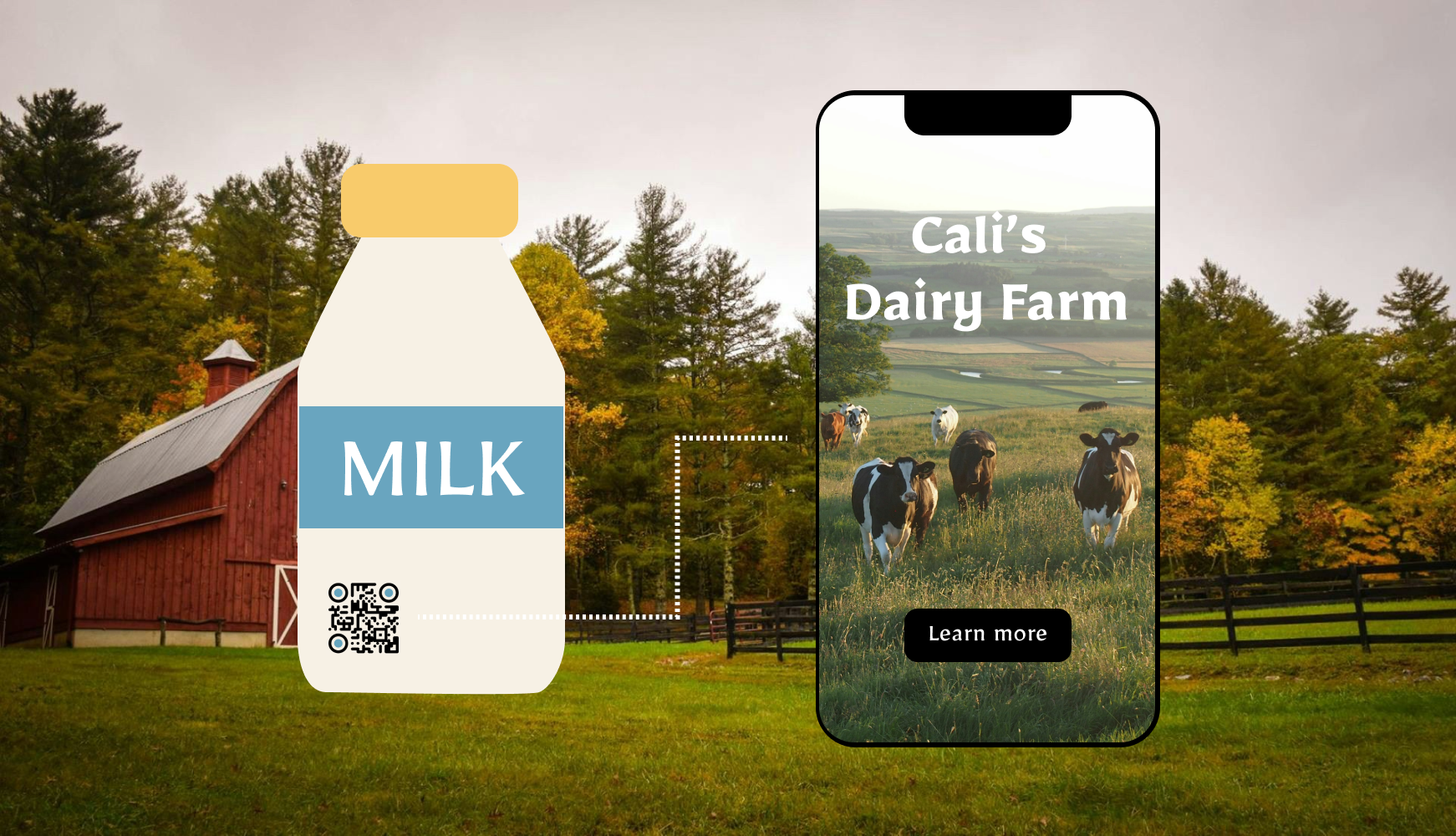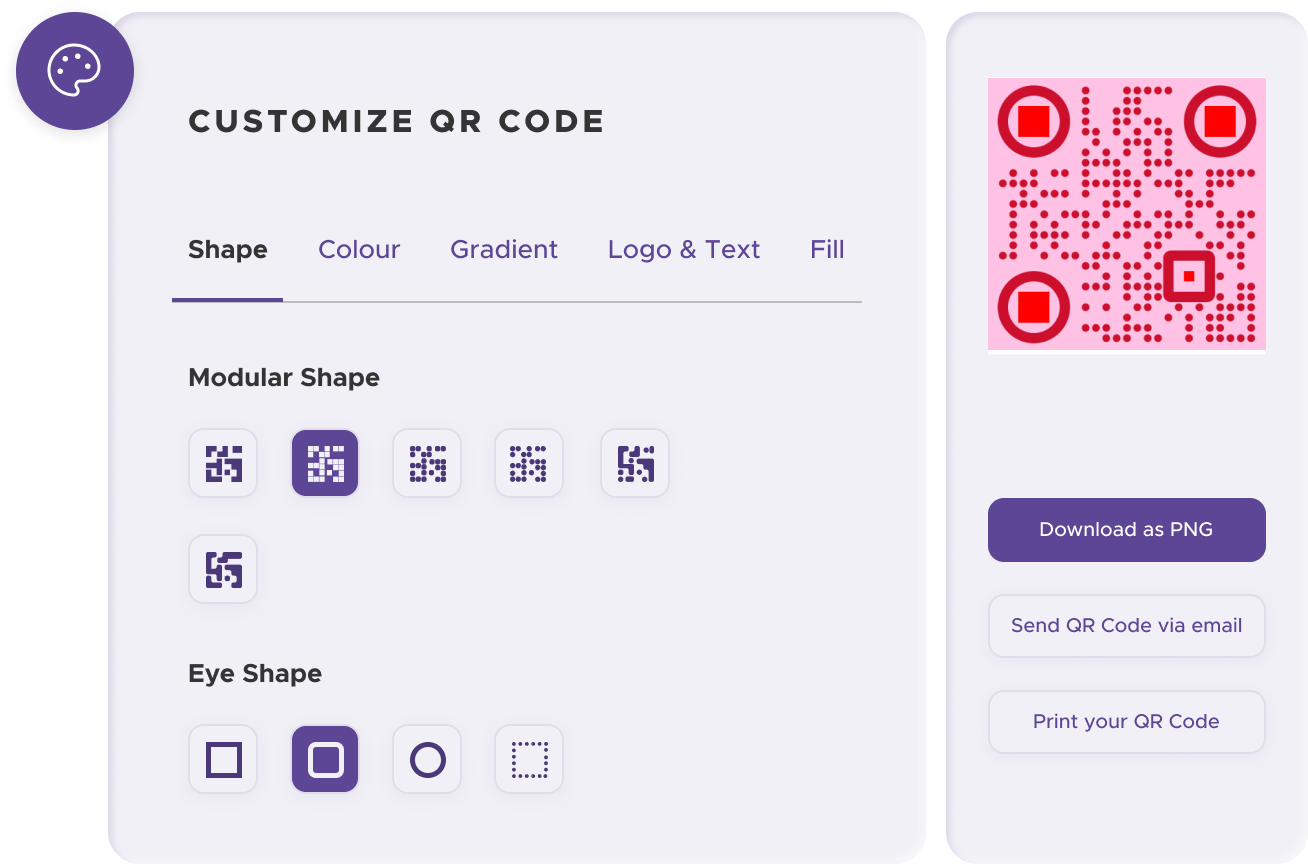In today's digital age, the food and beverage industry thrives on transparency and engagement. QR codes on food packaging are no longer a futuristic concept but a vital piece of smart packaging technology. These versatile quick response codes bridge the gap between your physical products and the digital world, offering a wealth of product details and interactive experiences to the modern consumer.


One of the key benefits is increased transparency. QR codes on packaging enable brands to share detailed information about sourcing and ingredients, including a full list of ingredients, fostering trust. By enabling consumers to scan a QR code, brands can provide data on food traceability and ethical sourcing, which heavily influences purchase decisions. This level of detail in the supply chain reinforces a brand's commitment to food safety and high standards.

A QR code on food packaging enhances the customer experience by offering recipes and cooking tutorials. They can also link to social media for recipe inspiration, fostering a community around your food products and your company.

QR codes on product packaging help reduce clutter and minimize environmental impact. Important information can be delivered digitally without needing larger labels or extra printing, creating a more sustainable solution for consumer packaged goods.
Using QR codes can significantly boost sales. A simple scan can direct customers to your online store, making reordering easy and increasing loyalty. Additionally, you can promote exclusive discounts via QR codes, rewarding loyal customers and driving repeat business.

QR code tracking provides a window into customer engagement. Tracking the number of scans helps you refine your marketing and understand what resonates with your audience. This data allows you to improve your offerings and ensure they align with consumer preferences.
Ready to discover how QR codes can transform your business?
Start by creating your custom QR Code today.

By scanning a QR code, consumers can access an interactive map detailing the product's journey from farm to table. This highlights your commitment to sustainability and responsible farming methods, a crucial aspect of supply chain management.

A food QR code can unlock a world of recipes. By scanning the code, consumers can access signature recipes, and the QR code landing page can even host a platform for customers to share their own creations, building a community around your brand.

QR codes on food packaging can offer a wealth of information, including detailed nutritional breakdowns and clear allergen warnings, helping customers with dietary restrictions make safe and informed decisions.

Transform your packaging into an interactive marketing tool. A URL QR code can link to a landing page with exclusive discounts or contest entry forms, encouraging repeat purchases and boosting brand engagement.
It's easy to make a QR code for your food and beverage products. Here's a guide to get you started:
Select the appropriate QR code type based on your goals. A URL QR Code is perfect for linking to your website or recipe pages. You can also make QR codes for PDFs or social media.
Ready to discover how QR codes can transform your business?
Start by creating your custom QR Code today.
Enter the link to your QR code landing page, a recipe, or any other information you want to share.

Ensure your QR code aligns with your brand. Make the code stand out by adding your logo and adjusting colors. If you need to create multiple QR codes for different products, consider our bulk QR code generator.

Download your code and integrate it into your product packaging design. For maximum flexibility, always use a dynamic QR code. This allows you to update the linked content without changing the printed code on your goods.

Don't just link to your homepage. Provide content directly related to the product and include a clear call to action like "Scan for Recipes" or "See Our Farm Story."
Use a dynamic QR code to track user behavior. This valuable data allows you to understand what resonates with your audience and refine your marketing strategies.
Avoid placing codes on reflective or metallic surfaces. Ensure the code is large enough to be scanned easily and has good contrast with the background. Matte finishes are preferable to glossy ones.
Start creating free QR codes today, or subscribe to unlock full design capabilities and advanced analytics
Yes, you can create QR codes for essential Food Packaging businesses needs like promotional offers, or customer feedback forms using our free QR code generator. However, customization options, such as branded QR codes or detailed scan analytics, require a subscription.
A subscription unlocks advanced features tailored to Food Packaging businesses, including dynamic QR codes that allow real-time updates, detailed scan analytics to track customer engagement, and customization tools to align QR codes with your branding. These features help improve efficiency, enhance customer experiences, and strengthen your business's overall impact. See the full list of features associated with each subscription here.
You can reach out to us at support@qrstuff.com for assistance. Free users receive email support with responses typically provided within 12–24 hours. Subscribers enjoy priority support via email, phone, or live chat for faster resolutions. To help us assist you efficiently, please include your account details, QR code ID, and a brief description of the issue when contacting support.